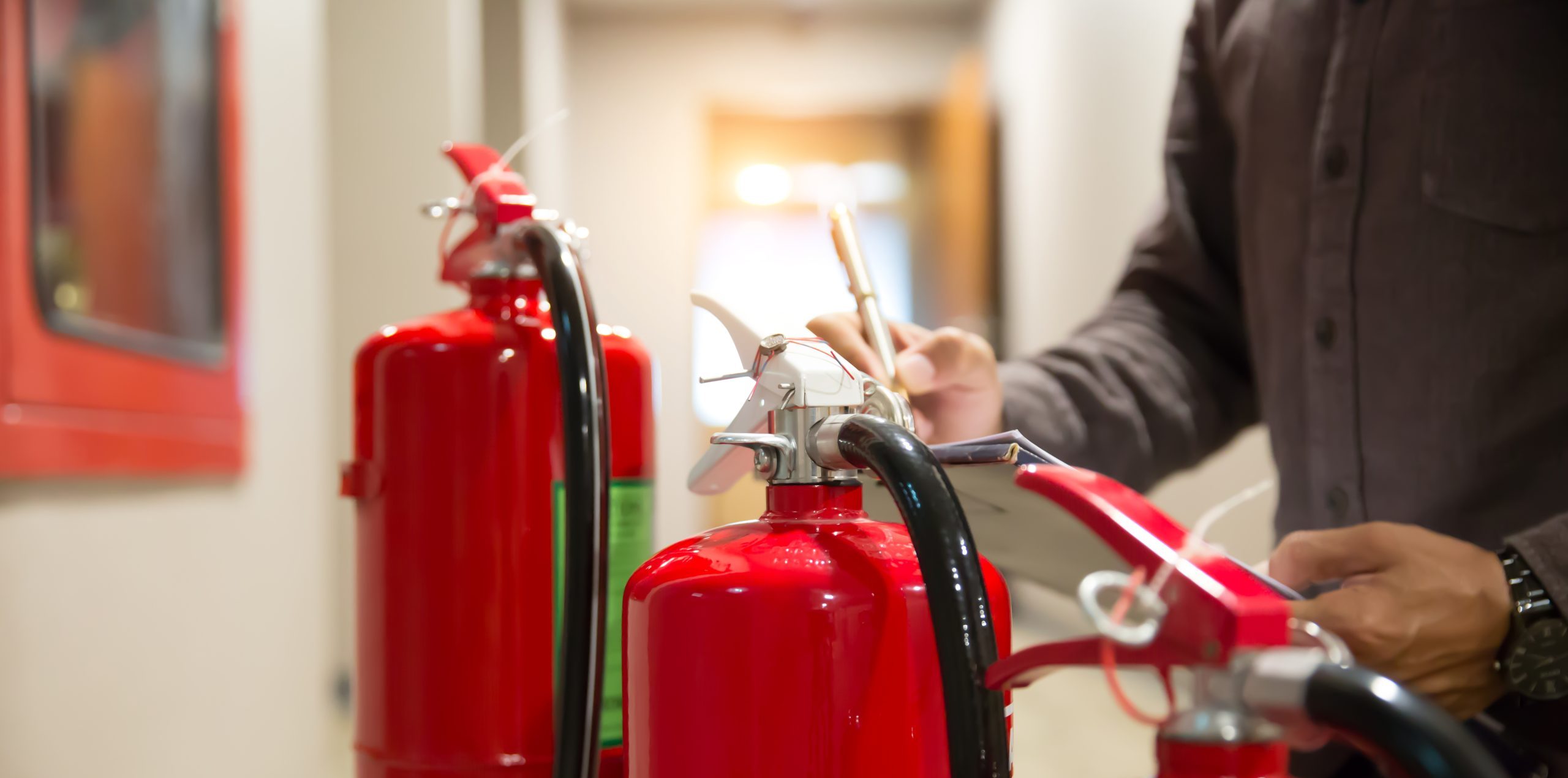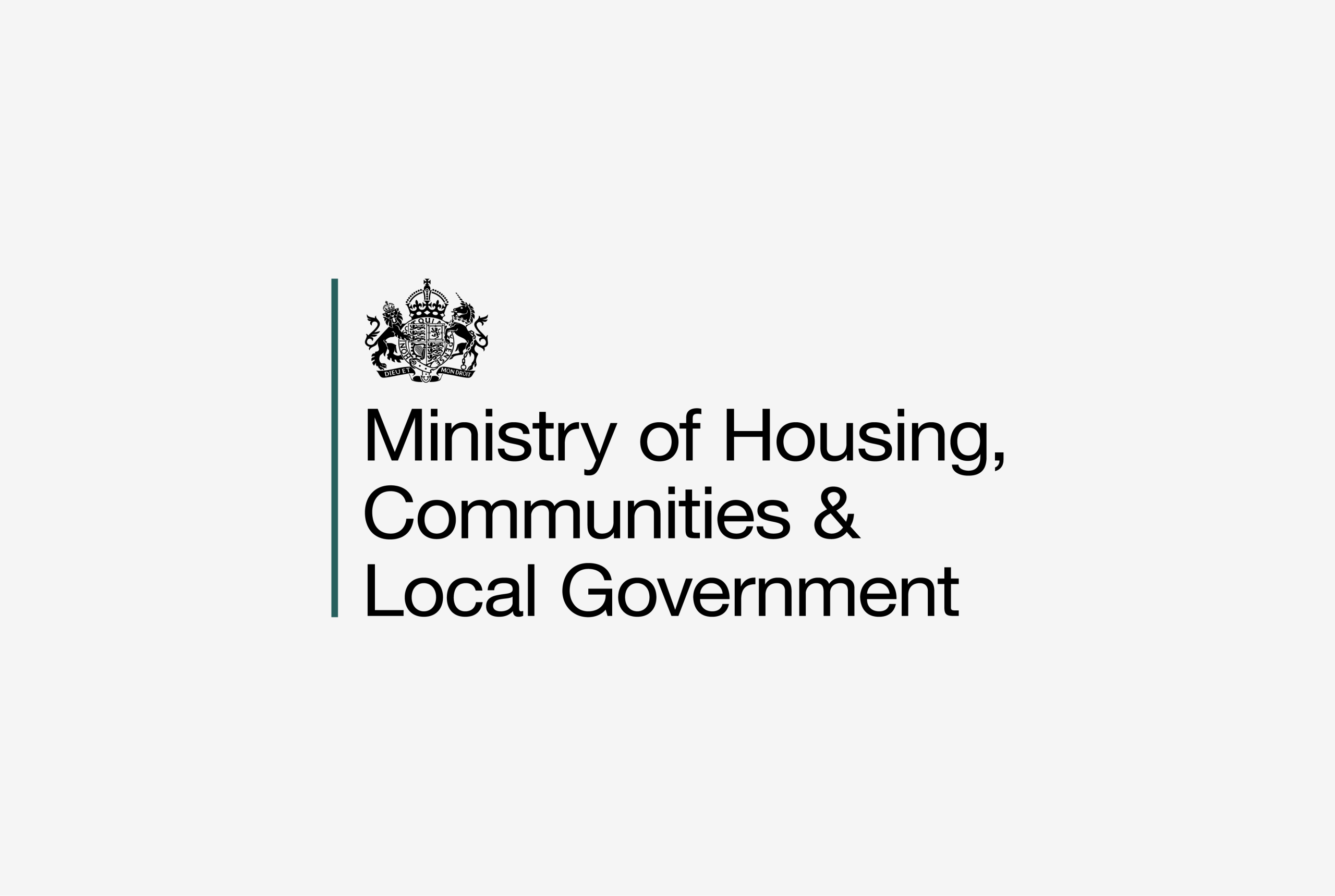Looking for an IOSH or NEBOSH course? Browse our 2026 courses here.
Identifying and Training Responsible Persons for Fire Safety
NEWS
January 2025

Responsible Persons for Fire Safety
When it comes to your business, the role of the 'Responsible Person' is pivotal. As defined by the Regulatory Reform (Fire Safety) Order 2005, this individual bears the ultimate responsibility for ensuring fire safety within a premises. But who exactly is this person, how are they identified, and what training do they need to effectively fulfil their duties?
In this article, we will explore these questions and discuss how organisations can champion fire safety by properly identifying and training Responsible Persons.
It’s important to note that for a detailed understanding, you would be advised to read the Regulatory Reform (Fire Safety) Order 2005.
Defining the Responsible Person
The concept of the Responsible Person was introduced by the Regulatory Reform (Fire Safety) Order 2005, which applies to virtually all non-domestic premises in England and Wales. According to this legislation, the Responsible Person is typically:
- The employer, if the workplace is under their control.
- The person in control of the premises (e.g., a facilities manager, building manager, or managing agent).
- The owner, in the case of empty buildings.
There may be multiple Responsible Persons in some cases, particularly in more complex organisations. It's important to clearly define and document who these individuals are to ensure accountability and avoid confusion.
Key Responsibilities of the Responsible Person
The Responsible Person's duties are extensive and include:
- Conducting and Regularly Reviewing Fire Risk Assessments: This is the foundation of fire safety management. The Responsible Person must identify potential fire hazards, evaluate their risks, and implement measures to mitigate them.
- Implementing and Maintaining Appropriate Fire Safety Measures: This includes the installation and maintenance of fire alarms, emergency lighting, fire extinguishers, and clear signage. Ensuring that all fire safety equipment is functional and up to date is critical.
- Creating and Communicating Emergency Plans: Developing a comprehensive emergency plan that includes evacuation routes, assembly points, and staff roles during an emergency is essential. The plan must be regularly tested and communicated to all employees.
- Providing Staff with Fire Safety Information, Instruction, and Training: Ensuring all employees are trained in fire safety procedures and understand their responsibilities during an emergency.
- Ensuring the Safety of Vulnerable Persons in Case of Fire: The Responsible Person must make special provisions for individuals who may need additional assistance in the event of a fire, such as those with mobility issues.
These responsibilities underscore the importance of properly identifying and training the right individual(s) for this role.
Identifying the Right Responsible Person
Selecting the appropriate Responsible Person is a critical decision that can significantly impact an organisation’s fire safety performance. Here are some key considerations:
- Authority: The individual should have the authority to make decisions and implement necessary changes.
- Knowledge: They should have a good understanding of the premises, its occupants, and any specific fire risks.
- Availability: The Responsible Person should be readily available to address fire safety issues as they arise.
- Commitment: They must be committed to maintaining high standards of fire safety.
- Communication Skills: Effective communication is crucial for disseminating fire safety information and coordinating with staff and external agencies.
In larger organisations, it may be beneficial to appoint a team of Responsible Persons, each overseeing different aspects of fire safety or areas of the premises.
Training the Responsible Person
Once identified, it’s extremely important that the Responsible Person receives comprehensive training to effectively carry out their duties. This training should cover:
- Legal Framework: A thorough understanding of the Regulatory Reform (Fire Safety) Order 2005 and other relevant legislation, such as the Fire Safety Act 2021, the Building Safety Act 2022, and the Fire Safety (England) Regulations 2022.
- Fire Risk Assessment: How to conduct, document, and review fire risk assessments. This includes identifying fire hazards, evaluating risks, and implementing control measures.
- Fire Safety Measures: Knowledge of various fire safety systems, their maintenance, and testing requirements. This ensures that all equipment is functioning and compliant with regulations.
- Emergency Planning: How to develop, implement, and communicate effective emergency plans. This includes planning for evacuations and ensuring all staff are aware of the procedures.
- Staff Training: Techniques for providing fire safety instruction and training to other staff members. The Responsible Person should be able to effectively train employees on their roles during a fire emergency.
- Vulnerable Persons: Understanding the specific needs of vulnerable individuals in fire emergencies, such as those with disabilities, and ensuring appropriate measures are in place to protect them.
- Record-Keeping: The importance of maintaining accurate fire safety records and documentation. This includes keeping logs of fire drills, equipment maintenance, and training sessions.
- Liaison with Fire Services: How to effectively communicate and cooperate with fire and rescue services during routine checks and in an emergency.
Training Options
There are several routes available for training Responsible Persons:
- Accredited Courses: Organisations like NEBOSH (National Examination Board in Occupational Safety and Health) offer specific fire safety qualifications that provide in-depth knowledge and skills. For overall health and safety, the NEBOSH National General Certificate in Occupational Health and Safety. For Fire Safety specifically, the NEBOSH Certificate in Fire Safety.
- In-house Training: Larger organisations may develop training programs tailored to their specific needs, ensuring the training is relevant and directly applicable.
- Consultancy Services: Fire safety consultants like Ligtas can provide bespoke training for Responsible Persons. These programs are often tailored to the specific risks and requirements of the premises.
- Online Learning: E-learning platforms offer flexible options for fire safety training, allowing Responsible Persons to learn at their own pace and revisit materials as needed.
- Workshops and Seminars: These can provide valuable opportunities for learning and networking with other Responsible Persons, as well as keeping up to date with the latest developments in fire safety.
Ligtas run a variety of webinars that you can view on our Resources page.
At Ligtas, we offer a range of training options designed for Fire Safety that would suit the Responsible Person. Our in-house courses are delivered by experienced fire safety professionals and can be tailored to your organisation’s specific needs.
Championing Fire Safety: The Role of the Responsible Person
The Responsible Person plays a vital role in championing fire safety within an organisation. They set the tone for the entire organisation’s approach to fire safety. Here’s how they can effectively champion this cause:
- Lead by Example: Demonstrate a commitment to fire safety in all aspects of their work. This encourages others to take fire safety seriously.
- Promote a Safety Culture: Encourage all staff to take fire safety seriously and report any concerns. A strong safety culture ensures that everyone understands the importance of fire safety.
- Stay Informed: Keep up-to-date with the latest fire safety regulations and best practices. This includes continuous professional development to maintain and enhance fire safety knowledge.
- Regular Communication: Maintain open lines of communication about fire safety with all stakeholders. This includes regular updates and reminders to keep fire safety at the forefront of everyone’s mind.
- Continuous Improvement: Regularly review and update fire safety measures and procedures. This ensures that the organisation is always in compliance with the latest regulations and best practices.
- Invest in Training: Ensure all staff receive appropriate fire safety training. Regular training helps to reinforce the importance of fire safety and keeps skills fresh.
- Engage with Experts: Collaborate with fire safety consultants and local fire services for advice and support. Expert input can help to identify and address fire safety risks that may not be immediately obvious.
Legislation and Compliance
Understanding the legal framework is also important for Responsible Persons. Key pieces of legislation include:
- The Regulatory Reform (Fire Safety) Order 2005: The primary legislation governing fire safety in England and Wales, which outlines the duties of the Responsible Person.
- The Fire Safety Act 2021: This act clarifies that the Responsible Person for multi-occupied residential buildings must manage and reduce the risk of fire for the structure and external walls of the building, including cladding, balconies, windows, and entrance doors to individual flats that open into common areas.
- The Building Safety Act 2022: While primarily focused on high-rise residential buildings, this act introduces new roles and responsibilities that may impact fire safety management.
- The Fire Safety (England) Regulations 2022: These regulations introduce new requirements for Responsible Persons, particularly in high-rise residential buildings, including enhanced fire risk assessments and evacuation plans.
Compliance with these regulations is not just a legal requirement; it’s a moral imperative. The consequences of non-compliance can be severe, including fines, imprisonment, and, most importantly, the potential loss of life. This is why working with health and safety experts like Ligtas who care about health and safety can help remove many headaches.
The Role of a Fire Safety Consultancy
While the Responsible Person bears ultimate responsibility for fire safety, they don’t have to go it alone. Fire safety consultants can provide invaluable support in several ways:
- Risk Assessments: Professional consultants can conduct thorough fire risk assessments, identifying hazards that may be overlooked by those less experienced.
- Training: Comprehensive training programs for Responsible Persons and other staff, ensuring everyone is well-prepared for a fire emergency.
- Compliance Audits: Regular audits can ensure ongoing compliance with fire safety regulations, helping to avoid penalties and enhancing overall safety.
- Emergency Planning: Consultants can assist in developing and testing robust emergency plans, ensuring that all potential scenarios are covered.
- Technical Expertise: For complex fire safety issues, consultants can provide specialist knowledge and advice, helping to navigate the intricacies of fire safety legislation.
At Ligtas, our team of experienced fire safety consultants is here to support Responsible Persons in all aspects of their role. We understand that every organisation is unique, and we tailor our services to meet your specific needs.
And Finally
The role of the Responsible Person is your foundation in ensuring effective fire safety management. Proper identification and comprehensive training of these individuals are essential steps in creating a sound fire safety culture within any organisation.
Like all health and safety, fire safety is not just about compliance – it’s about protecting lives and property. As we often say at Ligtas, "You can’t keep people safe by ticking a box." It requires ongoing commitment, continuous learning, and a proactive approach.
By investing in the identification and training of Responsible Persons, organisations demonstrate their commitment to fire safety and create safer environments for all. Whether you’re a newly appointed Responsible Person or looking to enhance your organisation’s fire safety measures, remember that expert help is available.
At Ligtas, we’re dedicated to providing the expertise and support you need to navigate the complex world of fire safety. Our mission is to empower responsible persons with the knowledge and skills they need to champion fire safety effectively within their organisations.
Fire safety is a shared responsibility, but with the right person in charge, properly trained and supported, we can create safer spaces for everyone.
Explore Ligtas

Case Studies
Success Stories
See how Ligtas has helped organisations improve health and safety compliance, reduce risks, and protect their workforce.

Fire Safety
Protecting People & Property
Ligtas provides nationwide fire safety consultancy services, helping organisations mitigate fire risks, meet regulatory obligations, and enhance life safety measures.

Training Services
Why Train with Ligtas?
With our industry-leading expertise, we support with compliance and we help you build a proactive, safety-first culture that protects your people and business.



